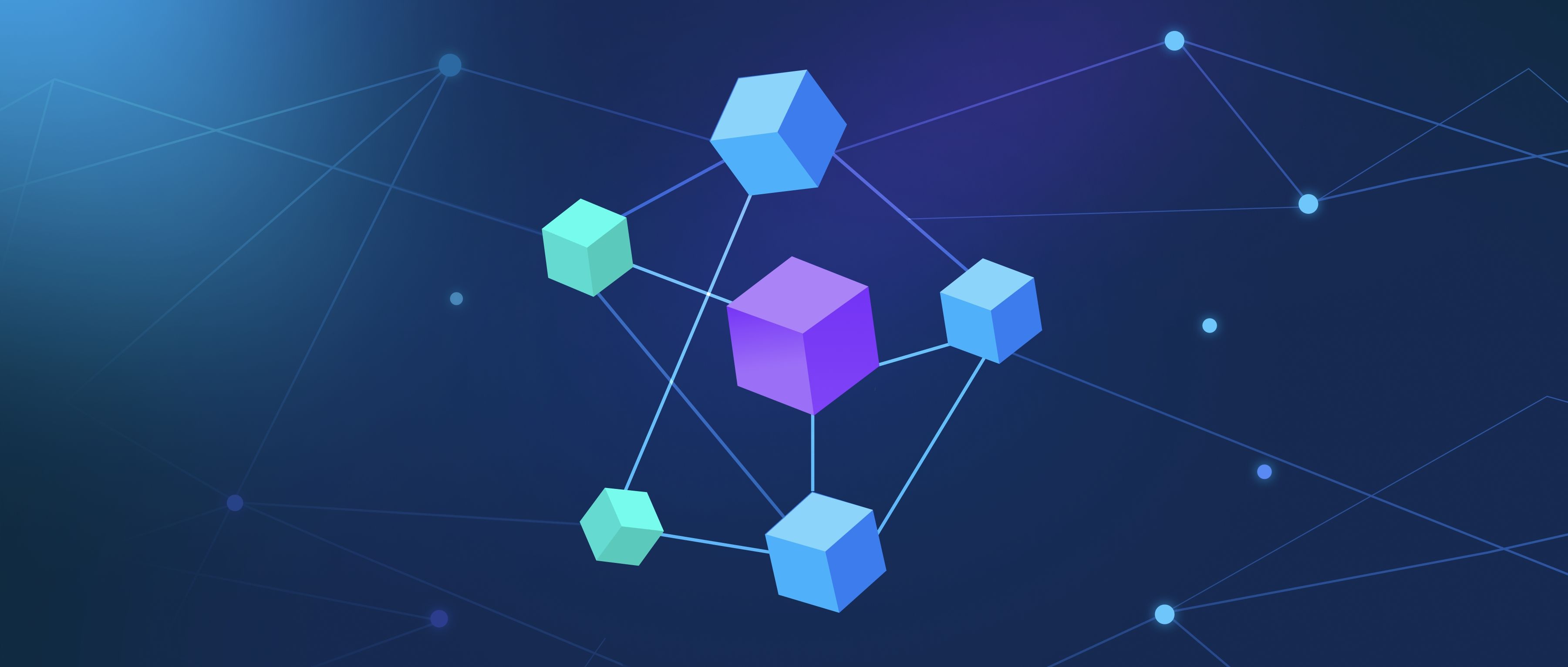To implement and compare Denoising Diffusion Probabilistic Models (DDPM) and Denoising Diffusion Implicit Models (DDIM), you first need to understand their fundamental structures and sampling processes. Both methods are used for generating high-quality images but differ in how they perform the sampling step. To start, you will need a trained neural network model for both methods. For DDPM, you utilize a Markov chain where you iteratively add noise to the data and then learn how to reverse that process, whereas DDIM modifies this by using a more efficient approach that doesn't strictly adhere to the sampling schedule defined in DDPM.
Once you have your models trained, implement DDPM sampling by generating noise and using the learned denoising function to iteratively refine this noise back into the data. The sampling involves the addition of Gaussian noise in each step, which allows the model to determine how to adjust the noise effectively during reconstruction. In contrast, for DDIM sampling, you still have a similar pipeline, but it allows you to skip certain steps by defining a new sampling trajectory. This means you can reduce the number of steps required to reach a good sample, making the process faster without sacrificing too much image quality.
When comparing the outputs from DDPM and DDIM, you can assess both the quality of the images generated and the computational efficiency of each method. Metrics such as Fréchet Inception Distance (FID) can be used to quantify the quality. You may also want to analyze the time taken for sampling; DDIM often produces similar quality images in fewer steps compared to DDPM. A practical approach would be to implement both methods in a framework like PyTorch or TensorFlow, outputting images that you can visually inspect and compare metrics like FID. This hands-on comparison will help you understand the trade-offs and advantages of each approach effectively.
